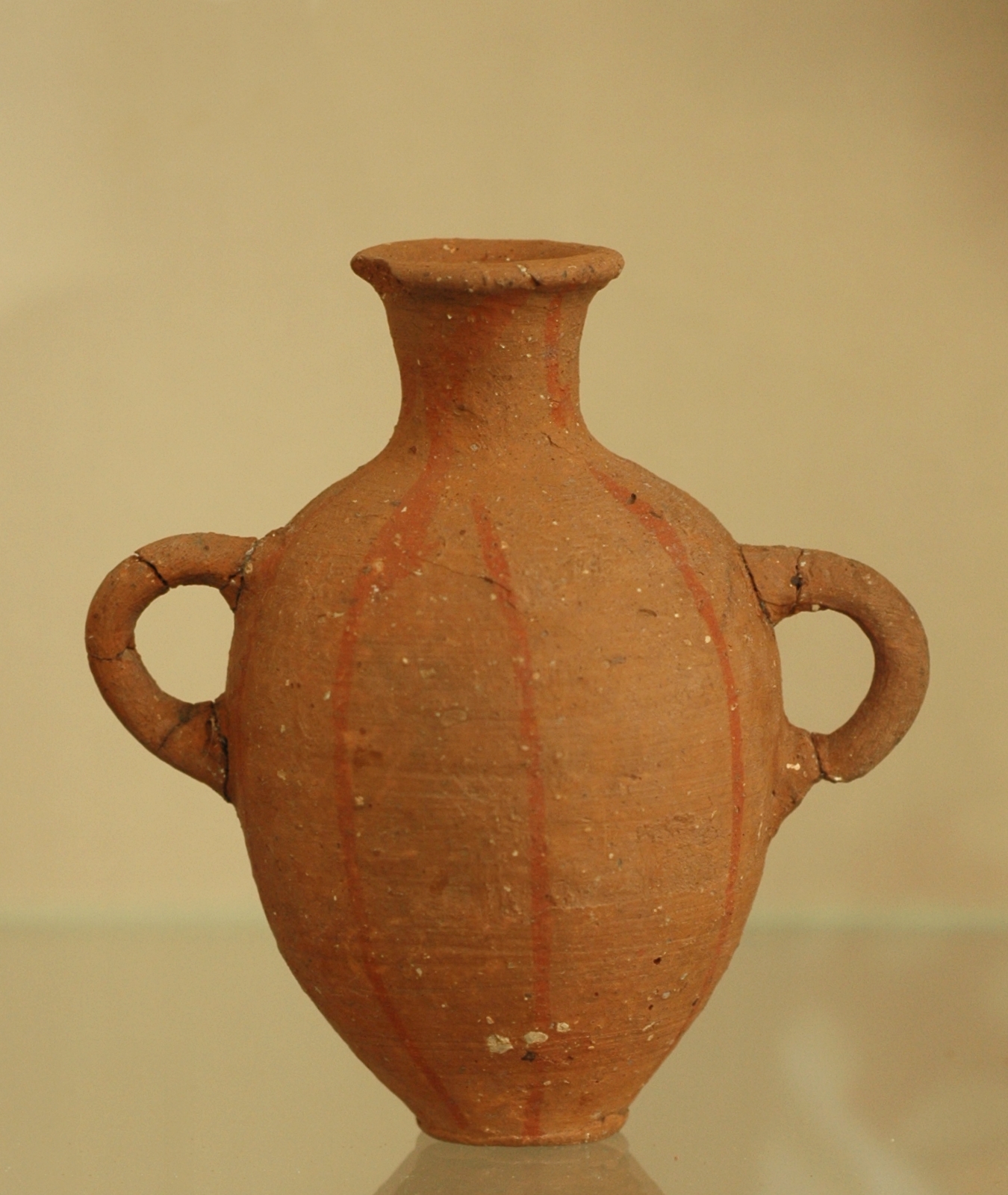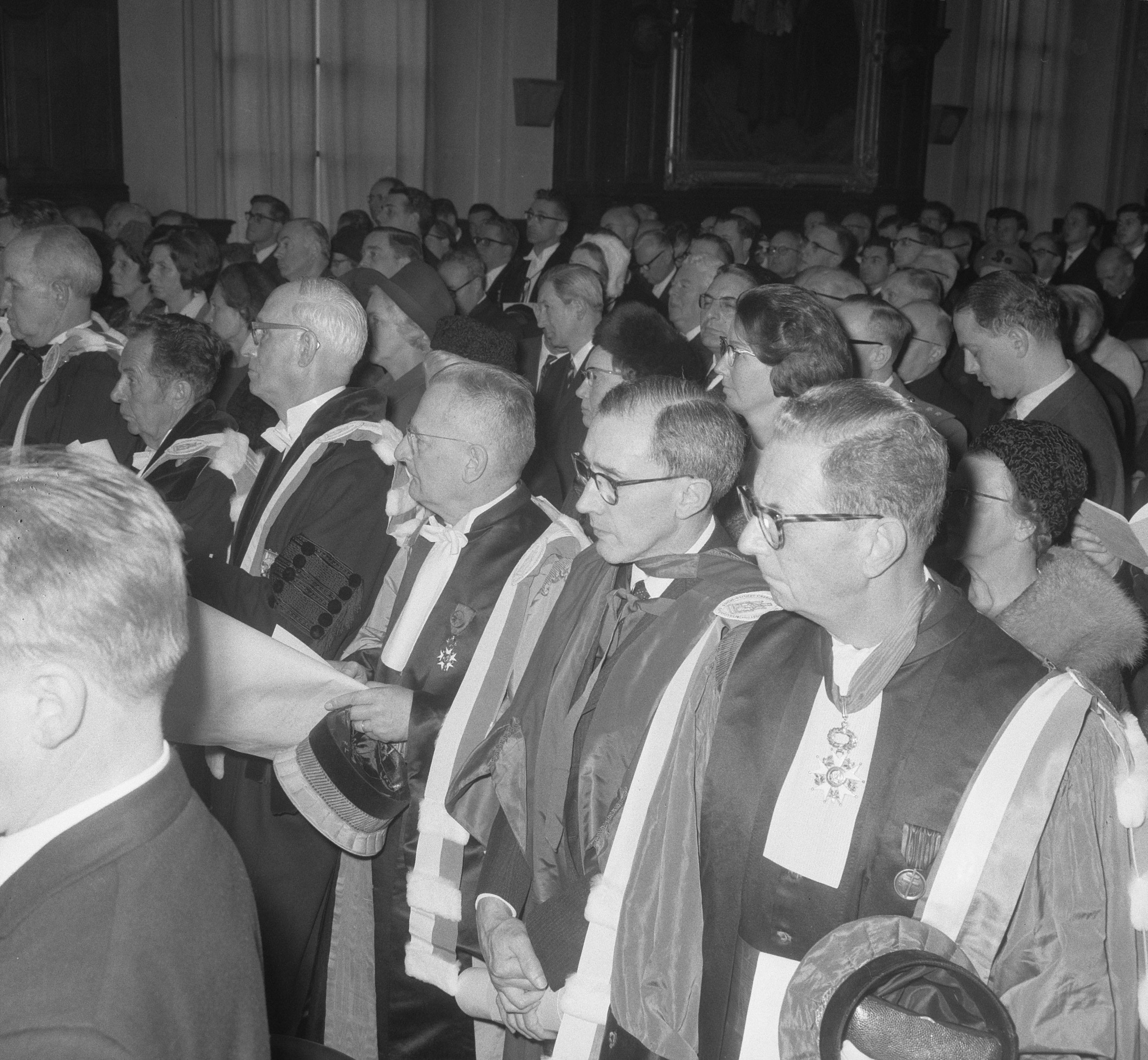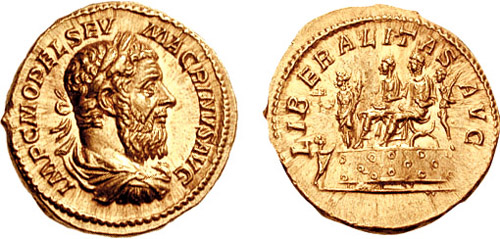|
Temple Of Baalat Gebal
The Temple of Baalat Gebal ( ar, معبد بعلة جبيل ''maebad baalat jbeil'') was an important Bronze Age temple structure in the World Heritage Site of Byblos. The temple was dedicated to Ba'alat Gebal, the goddess of the city of Byblos, known later to the Greeks as Atargatis. Built in 2800 BCE, it was the largest and most important sanctuary in ancient Byblos, and is considered to be "one of the first monumental structures of the Syro-Palestinian region". Two centuries after the construction of the Temple of Baalat Gebal, the Temple of the Obelisks was built approximately 100m to the east. The length and continuity of its history as an active temple is "remarkable" and "supports its centrality in the life of the city". An important group of Byblos figurines were found in the temple; these figurines have become the "poster child" of the Lebanese Tourism Ministry. Background The temple, and its patroness, Ba‘alat Gebal, were venerated in the city for more than two ... [...More Info...] [...Related Items...] OR: [Wikipedia] [Google] [Baidu] |
Byblos
Byblos ( ; gr, Βύβλος), also known as Jbeil or Jubayl ( ar, جُبَيْل, Jubayl, locally ; phn, 𐤂𐤁𐤋, , probably ), is a city in the Keserwan-Jbeil Governorate of Lebanon. It is believed to have been first occupied between 8800 and 7000BC and continuously inhabited since 5000BC, making it one of the oldest continuously inhabited cities in the world. During its history, Byblos was part of numerous civilizations, including Egyptian, Phoenician, Assyrian, Persian, Hellenistic, Roman, Fatimid, Genoese, Mamluk and Ottoman. The city is a UNESCO World Heritage Site. It was in ancient Byblos that the Phoenician alphabet, likely the ancestor of the Greek, Latin and all other Western alphabets, was developed. Etymology Byblos appears as ''Kebny'' in Egyptian hieroglyphic records going back to the 4th-dynasty pharaoh Sneferu (BC) and as () in the Akkadian cuneiform Amarna letters to the 18th-dynasty pharaohs and IV. In the 1stmillenniumBC, its name appeared ... [...More Info...] [...Related Items...] OR: [Wikipedia] [Google] [Baidu] |
Byblos Castle
Byblos Castle is a Crusader castle in Byblos, Lebanon. In Crusader times it was known as the Castle of Gibelet , also spelled Giblet, which belonged to the Genoese Embriaco family, Lords of the city. It is adjacent to the Phoenician archaeological site containing the ruins of the Temple of Baalat Gebal and the Temple of the Obelisks. History The castle was built by the Crusaders in the 12th century from indigenous limestone and the remains of Roman structures. The finished structure was surrounded by a moat. It belonged to the Genoese Embriaco family, whose members were the Lords of Gibelet from 1100 to the late 13th century. Saladin captured the town and castle in 1188 and partially dismantled the walls in 1190. Later, the Crusaders recaptured Byblos and rebuilt the fortifications of the castle in 1197. In 1369, the castle had to fend off an attack from Cypriot vessels from Famagusta. The Byblos Castle has distinguished historical buildings for neighbors. Nearby stand a few ... [...More Info...] [...Related Items...] OR: [Wikipedia] [Google] [Baidu] |
Phoenician Sites In Lebanon
Phoenician may refer to: * Phoenicia, an ancient civilization * Phoenician alphabet ::Phoenician (Unicode block) * Phoenicianism, a form of Lebanese nationalism * Phoenician language * List of Phoenician cities * Phoenix, Arizona See also * Phoenix (mythology) * Phoenix (other) * Phoenicia (other) Phoenicia was an ancient civilization in the north of Canaan in parts of Lebanon, Syria, and Palestine. Phoenicia may also refer to: Historical places * Phoenice (Roman province), a province of the Roman Empire encompassing the region of Phoenic ... * {{disambiguation Language and nationality disambiguation pages ... [...More Info...] [...Related Items...] OR: [Wikipedia] [Google] [Baidu] |
Temples In Lebanon
A temple (from the Latin ) is a building reserved for spiritual rituals and activities such as prayer and sacrifice. Religions which erect temples include Christianity (whose temples are typically called churches), Hinduism (whose temples are called Mandir), Buddhism, Sikhism (whose temples are called gurudwara), Jainism (whose temples are sometimes called derasar), Islam (whose temples are called mosques), Judaism (whose temples are called synagogues), Zoroastrianism (whose temples are sometimes called Agiary), the Baha'i Faith (which are often simply referred to as Baha'i House of Worship), Taoism (which are sometimes called Daoguan), Shinto (which are sometimes called Jinja), Confucianism (which are sometimes called the Temple of Confucius), and ancient religions such as the Ancient Egyptian religion and the Ancient Greek religion. The form and function of temples are thus very variable, though they are often considered by believers to be, in some sense, the "house" of ... [...More Info...] [...Related Items...] OR: [Wikipedia] [Google] [Baidu] |
International Council On Monuments And Sites
The International Council on Monuments and Sites (ICOMOS; french: links=no, Conseil international des monuments et des sites) is a professional association that works for the conservation and protection of cultural heritage places around the world. Now headquartered in Charenton-le-Pont, France, ICOMOS was founded in 1965 in Warsaw as a result of the Venice Charter of 1964, and offers advice to UNESCO on World Heritage Sites. The idea behind ICOMOS dates to the Athens Conference on the restoration of historic buildings in 1931, organized by the International Museums Office. The Athens Charter of 1931 introduced the concept of international heritage. In 1964, the Second Congress of Architects and Specialists of Historic Buildings, meeting in Venice, adopted 13 resolutions. The first created the International Charter on the Conservation and Restoration of Monuments and Sites, better known as Venice Charter; the second, put forward by UNESCO, created ICOMOS to carry out this charter ... [...More Info...] [...Related Items...] OR: [Wikipedia] [Google] [Baidu] |
Roman Theatre Of Byblos
Byblos ( ; gr, Βύβλος), also known as Jbeil or Jubayl ( ar, جُبَيْل, Jubayl, locally ; phn, 𐤂𐤁𐤋, , probably ), is a city in the Keserwan-Jbeil Governorate of Lebanon. It is believed to have been first occupied between 8800 and 7000BC and continuously inhabited since 5000BC, making it one of the oldest continuously inhabited cities in the world. During its history, Byblos was part of numerous civilizations, including Egyptian, Phoenician, Assyrian, Persian, Hellenistic, Roman, Fatimid, Genoese, Mamluk and Ottoman. The city is a UNESCO World Heritage Site. It was in ancient Byblos that the Phoenician alphabet, likely the ancestor of the Greek, Latin and all other Western alphabets, was developed. Etymology Byblos appears as ''Kebny'' in Egyptian hieroglyphic records going back to the 4th-dynasty pharaoh Sneferu (BC) and as () in the Akkadian cuneiform Amarna letters to the 18th-dynasty pharaohs and IV. In the 1stmillenniumBC, its name appeared ... [...More Info...] [...Related Items...] OR: [Wikipedia] [Google] [Baidu] |
National Museum Of Beirut
The National Museum of Beirut ( ar, متحف بيروت الوطنيّ, ''Matḥaf Bayrūt al-waṭanī'' or French language, French: Musée national de Beyrouth) is the principal museum of archaeology in Lebanon. The collection begun after World War I, and the museum was officially opened in 1942. The museum has collections totaling about 100,000 objects, most of which are antiquities and medieval finds from excavations undertaken by the Directorate General of Antiquities. About 1300 artifacts are exhibited, ranging in date from History of ancient Lebanon, prehistoric times to the History of Lebanon under Arab rule, medieval Mamluk period. During the 1975 Lebanese Civil War, the museum stood on the front line that separated the warring factions. The museum's Egyptian Revival architecture, Egyptian Revival building and its collection suffered extensive damage in the war, but most of the artifacts were saved by last-minute preemptive measures. Today, after a major renovation, th ... [...More Info...] [...Related Items...] OR: [Wikipedia] [Google] [Baidu] |
Maurice Dunand
Maurice Dunand (4 March 1898 – 23 March 1987) was a prominent French archaeologist specializing in the ancient Near East, who served as director of the Mission Archéologique Française in Lebanon. Dunand excavated Byblos from 1924 to 1975, and published a Byblos syllabary in his monograph ''Byblia Grammata'' in 1945. The Neolithic of Lebanon was divided by Dunand into three stages based on the stratified levels of Byblos. From 1963 onwards, Dunand also thoroughly excavated the site of the Temple of Eshmun near Sidon. During the Lebanese Civil War Dunand left Lebanon, taking with him his archives, which he left to the University of Geneva, but which were returned to Lebanon in 2010. [...More Info...] [...Related Items...] OR: [Wikipedia] [Google] [Baidu] |
Pierre Montet
Jean Pierre Marie Montet (27 June 1885 – 19 June 1966) was a French Egyptologist. Biography Montet was born in Villefranche-sur-Saône, Rhône, and began his studies under Victor Loret at the University of Lyon. He excavated at Byblos in Lebanon between 1921 and 1924, excavating tombs of rulers from Middle Kingdom times. Between 1929 and 1939, he excavated at Tanis, Egypt, finding the royal necropolis of the Twenty-first and Twenty-second Dynasties: those finds almost equalled that of Tutankhamun's tomb in the Valley of the Kings. In the 1939–1940 Egypt excavation season, he discovered the completely-intact tombs of three Egyptian pharaohs at Tanis: Psusennes I, Amenemope, and Shoshenq II along with the partially plundered tomb of Takelot I. The latter tomb contained a gold bracelet of Osorkon I, Takelot's father, as well as a heart scarab. He also found the fully plundered tomb of Osorkon II as well as the partly plundered tomb of this king's son, Prince Hornakht ... [...More Info...] [...Related Items...] OR: [Wikipedia] [Google] [Baidu] |
Macrinus Coin From Byblos
Marcus Opellius Macrinus (; – June 218) was Roman emperor from April 217 to June 218, reigning jointly with his young son Diadumenianus. As a member of the equestrian class, he became the first emperor who did not hail from the senatorial class and also the first emperor who never visited Rome during his reign. Before becoming emperor, Macrinus served under Emperor Caracalla as a praetorian prefect and dealt with Rome's civil affairs. He later conspired against Caracalla and had him murdered in a bid to protect his own life, succeeding him as emperor. Macrinus was proclaimed emperor of Rome by 11 April 217 while in the eastern provinces of the empire and was subsequently confirmed as such by the Senate; however, for the duration of his reign, he never had the opportunity to return to Rome. His predecessor's policies had left Rome's coffers empty and the empire at war with several kingdoms, including Parthia, Armenia and Dacia. As emperor, Macrinus first attempted to enact ... [...More Info...] [...Related Items...] OR: [Wikipedia] [Google] [Baidu] |
Bronze Age
The Bronze Age is a historic period, lasting approximately from 3300 BC to 1200 BC, characterized by the use of bronze, the presence of writing in some areas, and other early features of urban civilization. The Bronze Age is the second principal period of the three-age system proposed in 1836 by Christian Jürgensen Thomsen for classifying and studying ancient societies and history. An ancient civilization is deemed to be part of the Bronze Age because it either produced bronze by smelting its own copper and alloying it with tin, arsenic, or other metals, or traded other items for bronze from production areas elsewhere. Bronze is harder and more durable than the other metals available at the time, allowing Bronze Age civilizations to gain a technological advantage. While terrestrial iron is naturally abundant, the higher temperature required for smelting, , in addition to the greater difficulty of working with the metal, placed it out of reach of common use until the end o ... [...More Info...] [...Related Items...] OR: [Wikipedia] [Google] [Baidu] |
Ba‘alat Gebal
Baʻalat or Baʻalat Gebal ( phn, 𐤁𐤏𐤋𐤕 𐤂𐤁𐤋 ''BʿLT GBL'', literally "Lady of Byblos"), was the goddess of the city of Byblos, Phoenicia in ancient times. She was sometimes known to the Greeks as Baaltis or Atargatis. Baʻalat Gebal was generally identified with the pan- Semitic goddess ʻAshtart (Astarte) and, like ʻAshtart, equated with the Greek goddess Aphrodite. However, Sanchuniathon presents Baʻalat Gebal as a sister of ʻAshtart and Asherah, and calls Baʻalat Gebal by the name ''Dione'', meaning that he identified her either with Asherah or with the mother of Greek Aphrodite, the Titan goddess Dione. According to Sanchuniathon, Baaltis/Dione, like Asherah and ʻAshtart, was the sister of 'El and they had daughters together. He states that it was El who gave the city of Byblos to her. Baʻalat Gebal was distinguished in iconography from ʻAshtart or other aspects of ʻAshtart or similar goddesses by two, tall, upright feathers in her headdress. ... [...More Info...] [...Related Items...] OR: [Wikipedia] [Google] [Baidu] |









